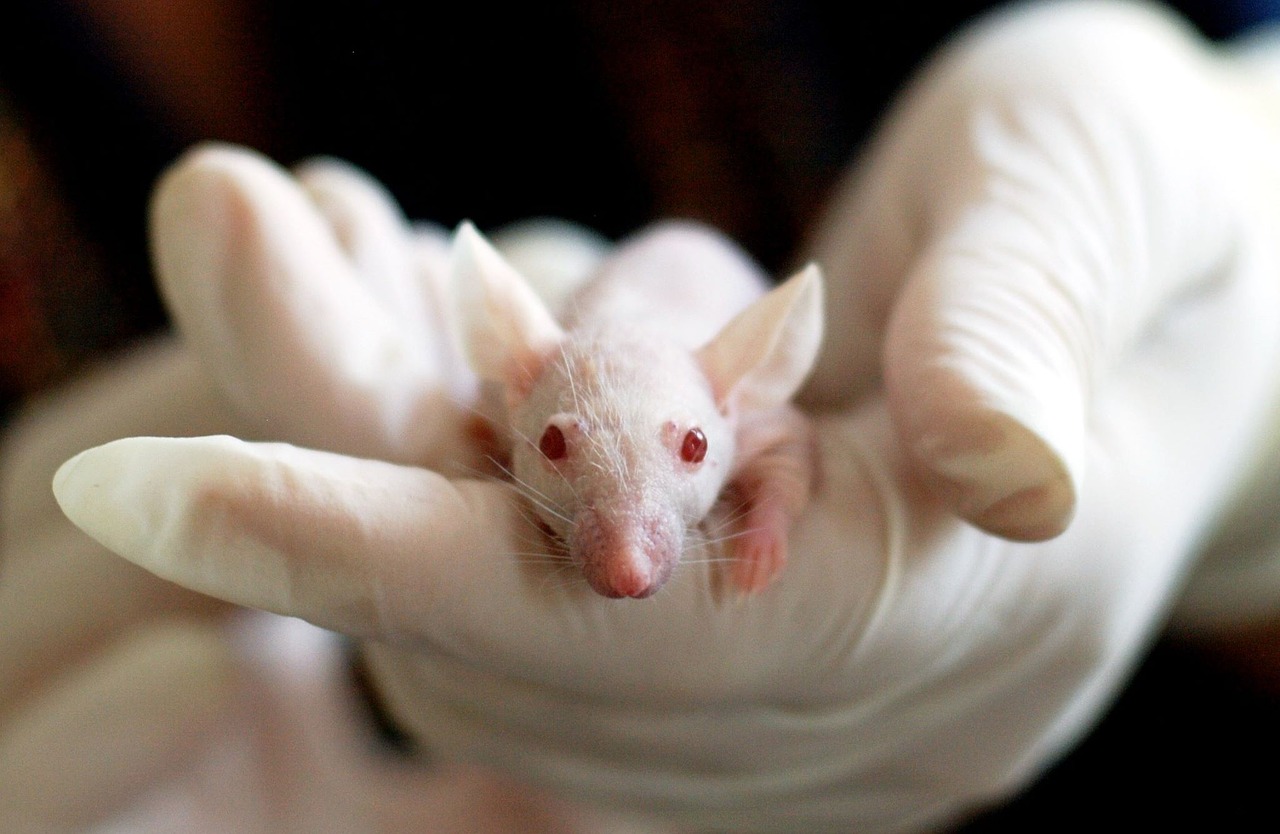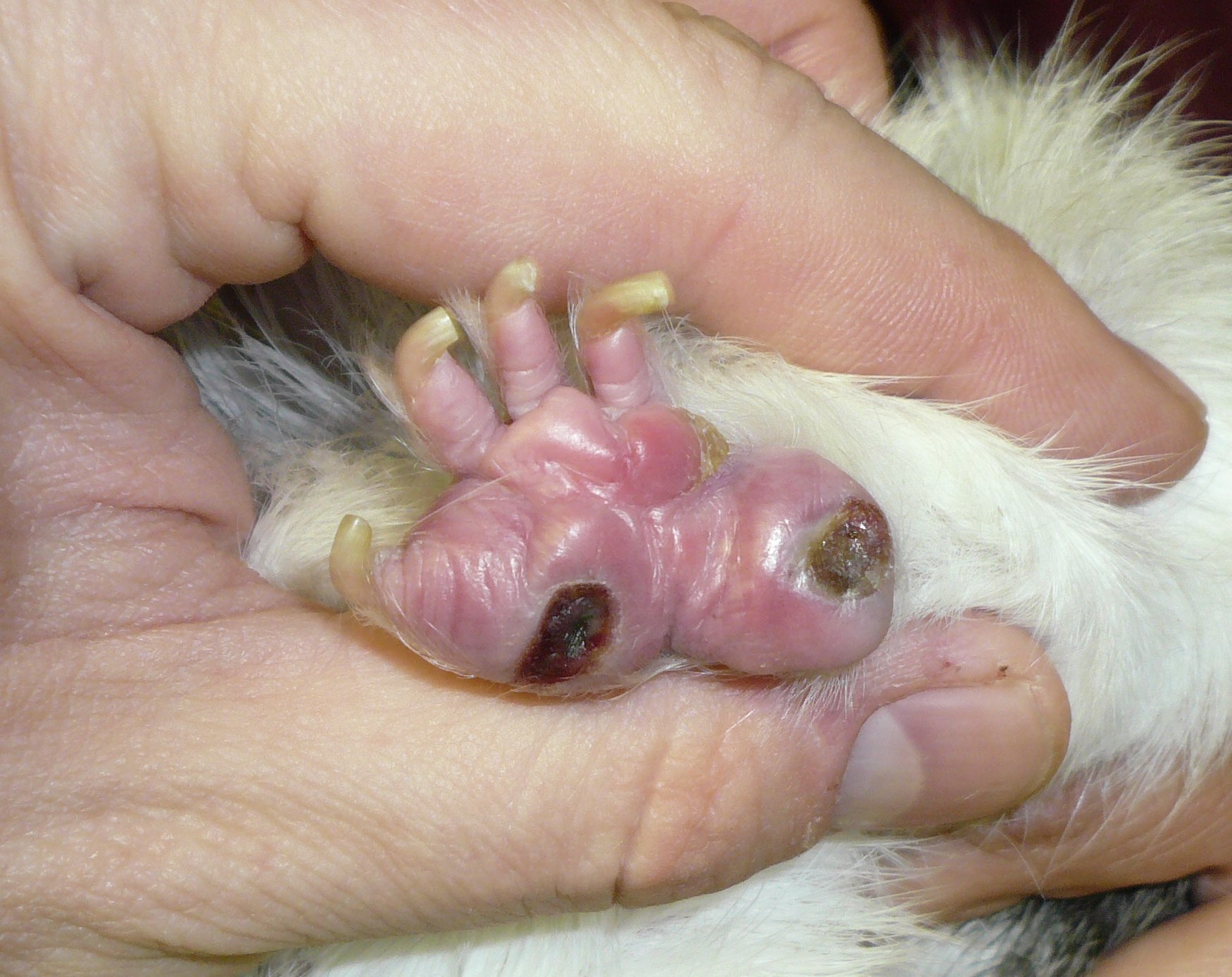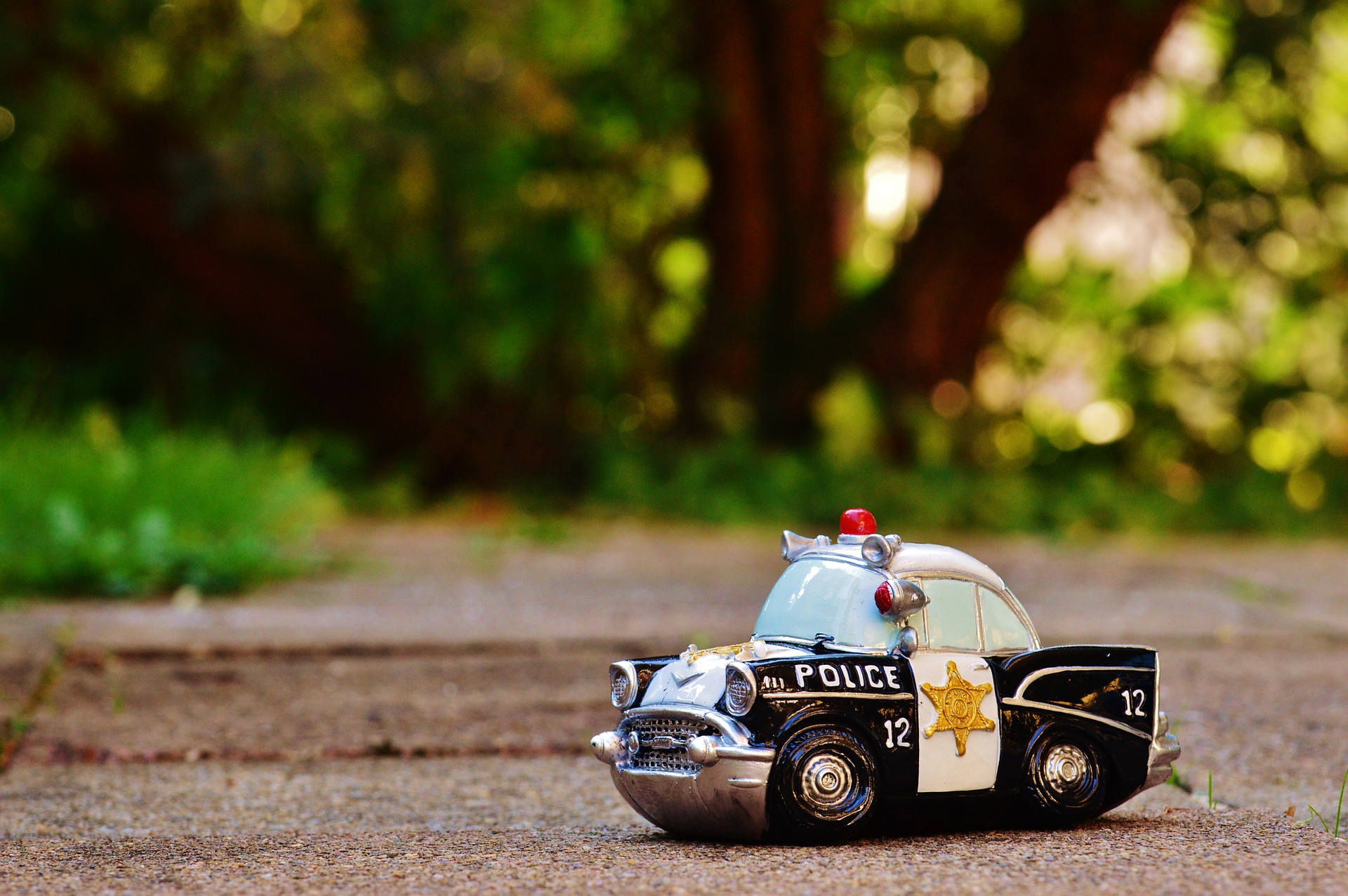A Breeder Sold Me Sick Injured Animals: What Do I Do?

A Breeder Sold Me Sick Injured Animals: What Do I Do?

this is a guinea pig, but it is exactly the same as rat bumble foot. Very gross, very painful, and very difficult for a rat to go through.
Rat breeders and rescuers make it possible for owners and prospective owners to find ratties to adopt and love. However, not all breeders are created equal. Some breeders are poor quality “feeder breeders.” These breeders do not take care of their animals as they should, significantly increasing the risk of a sickly animal. If you have purchased a sick or injured rat from a poor quality breeder, there are several steps that you can take.
First Step: Is Veterinary Care Necessary for the Sick or Injured Rat?
 Many times, the answer is yes. If the animal is noticeably sick or suffering from wounds that go beyond a simple cut, bite, or scrape, a veterinarian can help bring the animal into good health before it is too late. Antibiotics can be administered to control infection and speed recovery, while sutures or operations can help to repair open wounds or broken bones. If the animal is in extremely poor condition, it may need to be euthanized to prevent further suffering.
Many times, the answer is yes. If the animal is noticeably sick or suffering from wounds that go beyond a simple cut, bite, or scrape, a veterinarian can help bring the animal into good health before it is too late. Antibiotics can be administered to control infection and speed recovery, while sutures or operations can help to repair open wounds or broken bones. If the animal is in extremely poor condition, it may need to be euthanized to prevent further suffering.
Second Step: Can You Contact the Breeder and Resolve the Issue?
A majority of feeder breeders will not acknowledge adopter/buyer concerns regarding the animals that they have sold. They consider the rats as feeder animals or simply as emotionless objects. Thus, they truly do not care whether the animal is happy, taken care of, or healthy. They also tend to avoid or block the buyers as soon as they obtain the money they were seeking for the animals.
 In the case that you CAN contact the breeder, ask about trading the sickly animal for a healthy animal. This is a common practice, as it allows the adopter to receive a healthy animal that will become a beloved family pet. The breeder can tend to the sick animal as necessary, utilizing his or her vet. Otherwise, the breeder can be asked to cover veterinary expenses. This is a highly unlikely situation, as even a reputable breeder would prefer to use his or her own personal veterinarian. As a last resort, the buyer or adopter can request a refund and surrender the animal back to the breeder, given that the animal is not starved, abused, living in horrible conditions, or the result of hoarding.
In the case that you CAN contact the breeder, ask about trading the sickly animal for a healthy animal. This is a common practice, as it allows the adopter to receive a healthy animal that will become a beloved family pet. The breeder can tend to the sick animal as necessary, utilizing his or her vet. Otherwise, the breeder can be asked to cover veterinary expenses. This is a highly unlikely situation, as even a reputable breeder would prefer to use his or her own personal veterinarian. As a last resort, the buyer or adopter can request a refund and surrender the animal back to the breeder, given that the animal is not starved, abused, living in horrible conditions, or the result of hoarding.
Step Three: Did the Rat Come from Bad Living Conditions? When Should the Authorities Become Involved?
 IF the adopted rats show signs of neglect or abuse, it is time to get the authorities involved. Many feeder breeders or churn and burn breeders produce rats at an incredible rat, often exceeding their maximum capacity. This huge population explosion results in poor care, which is evident upon adoption. Rats from abusive feeder breeder or hoarding operations may show the following signs of neglect or abuse:
IF the adopted rats show signs of neglect or abuse, it is time to get the authorities involved. Many feeder breeders or churn and burn breeders produce rats at an incredible rat, often exceeding their maximum capacity. This huge population explosion results in poor care, which is evident upon adoption. Rats from abusive feeder breeder or hoarding operations may show the following signs of neglect or abuse:
- Deathly slim
- Lethargic
- Terrified of human presence
- Crazed appetite
- Excessive thirst
- Dark urine
- Multiple injuries (including blindness, missing toes/ears, broken tails)
- Parasitic infestations
- Eye or respiratory infections
- Urine stained coat
- Black, dirty tails (fecal/waste build up due to filthy cages)
- Aggression
 Many of these types of breeders will refuse to document the rats’ living spaces, won’t allow buyers to handle parents, and will make up excuses for poorly specimens that are in bad health. They will also have multiple rats of several ages available, and are commonly found to be selling the rats as food for snakes. Feeder breeding is seen as a profitable venture by poorly educated individuals who commonly live in poverty; it is profitable for them because they cramp the animals in improper cheap tiny cages, feed them low quality food (frequently bulk, store brand dog chows), and house them on poor bedding, if any. If a hoarding or abusive feeder breeder operation is suspected, please report it to the proper authorities.
Many of these types of breeders will refuse to document the rats’ living spaces, won’t allow buyers to handle parents, and will make up excuses for poorly specimens that are in bad health. They will also have multiple rats of several ages available, and are commonly found to be selling the rats as food for snakes. Feeder breeding is seen as a profitable venture by poorly educated individuals who commonly live in poverty; it is profitable for them because they cramp the animals in improper cheap tiny cages, feed them low quality food (frequently bulk, store brand dog chows), and house them on poor bedding, if any. If a hoarding or abusive feeder breeder operation is suspected, please report it to the proper authorities.